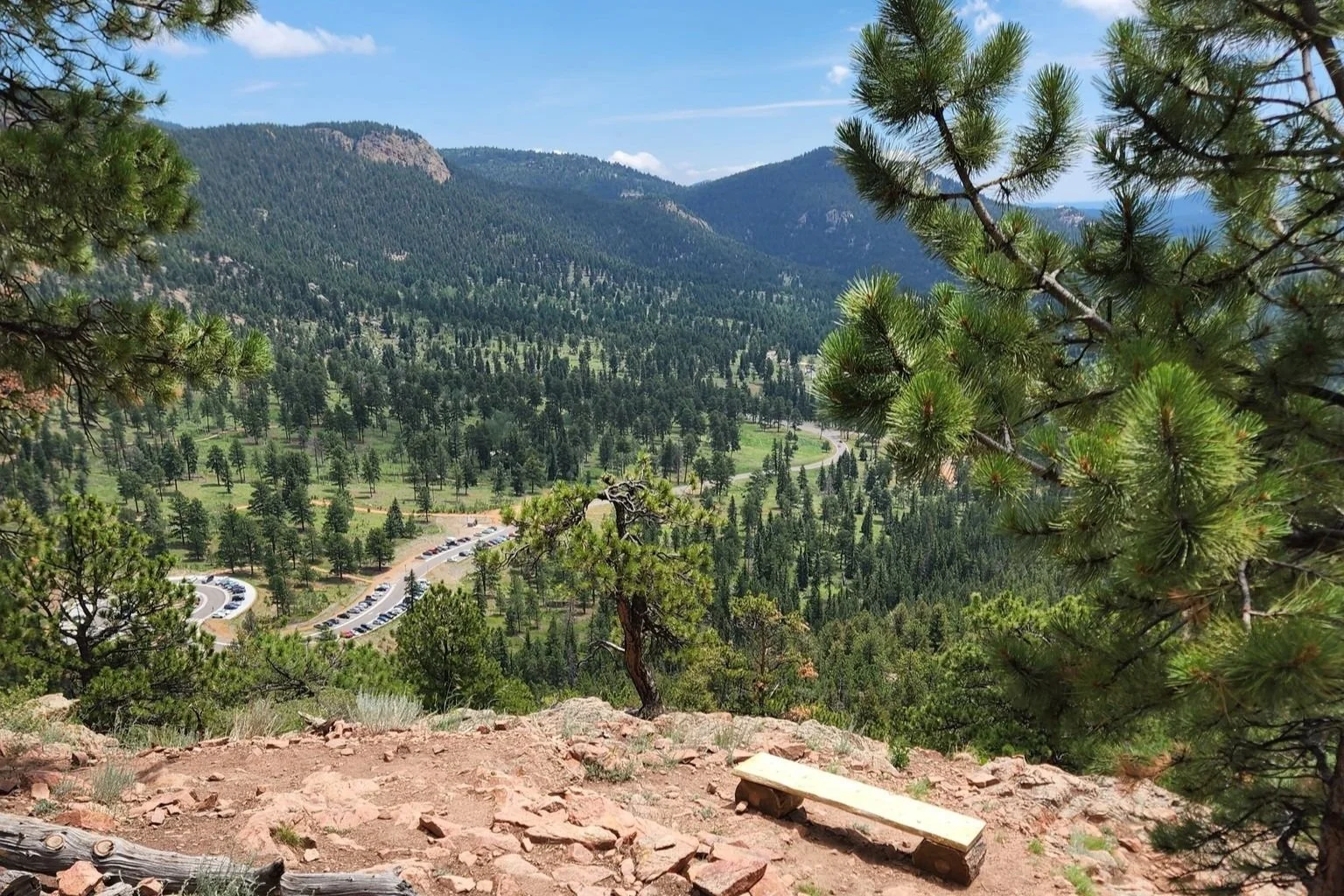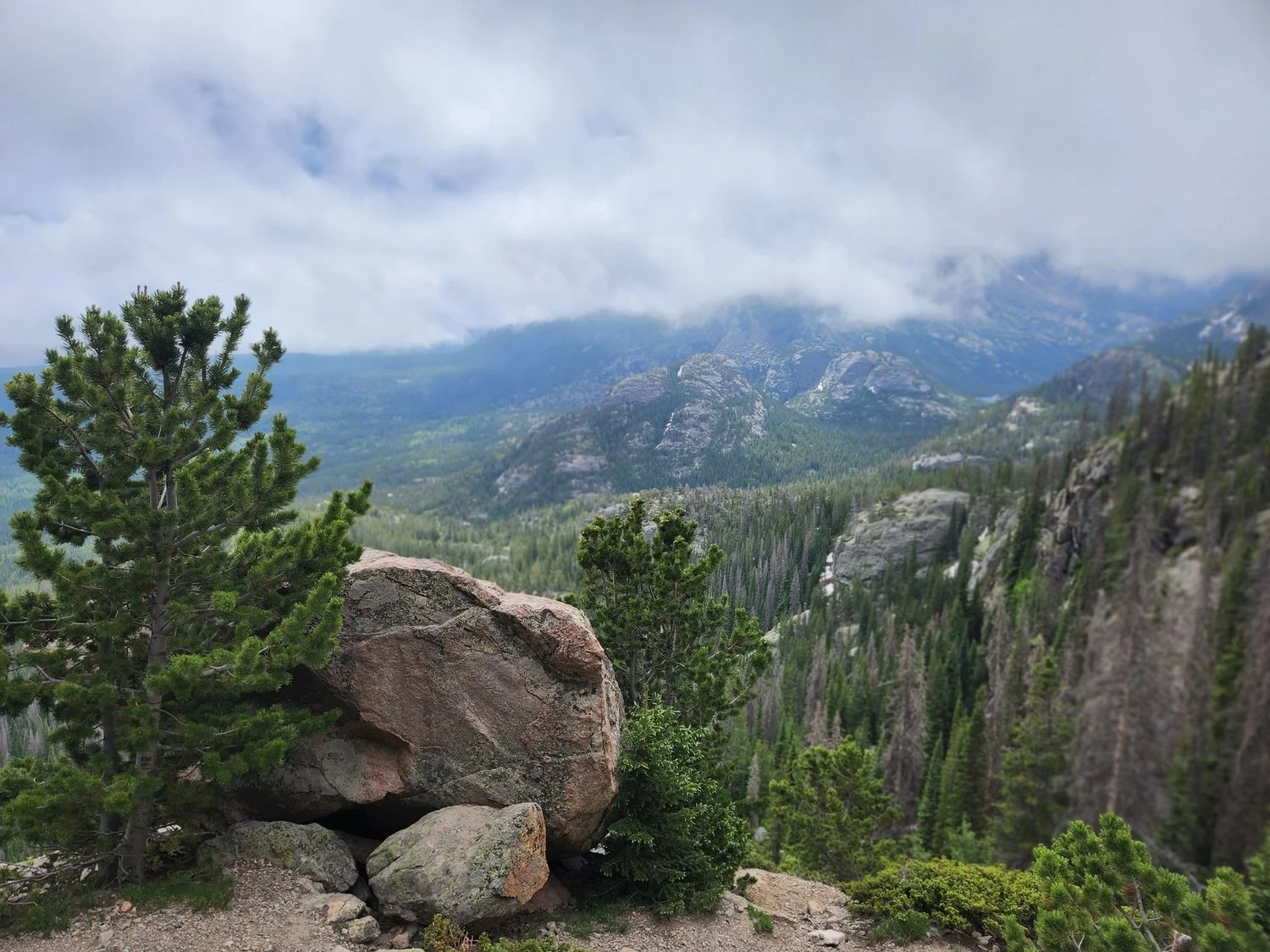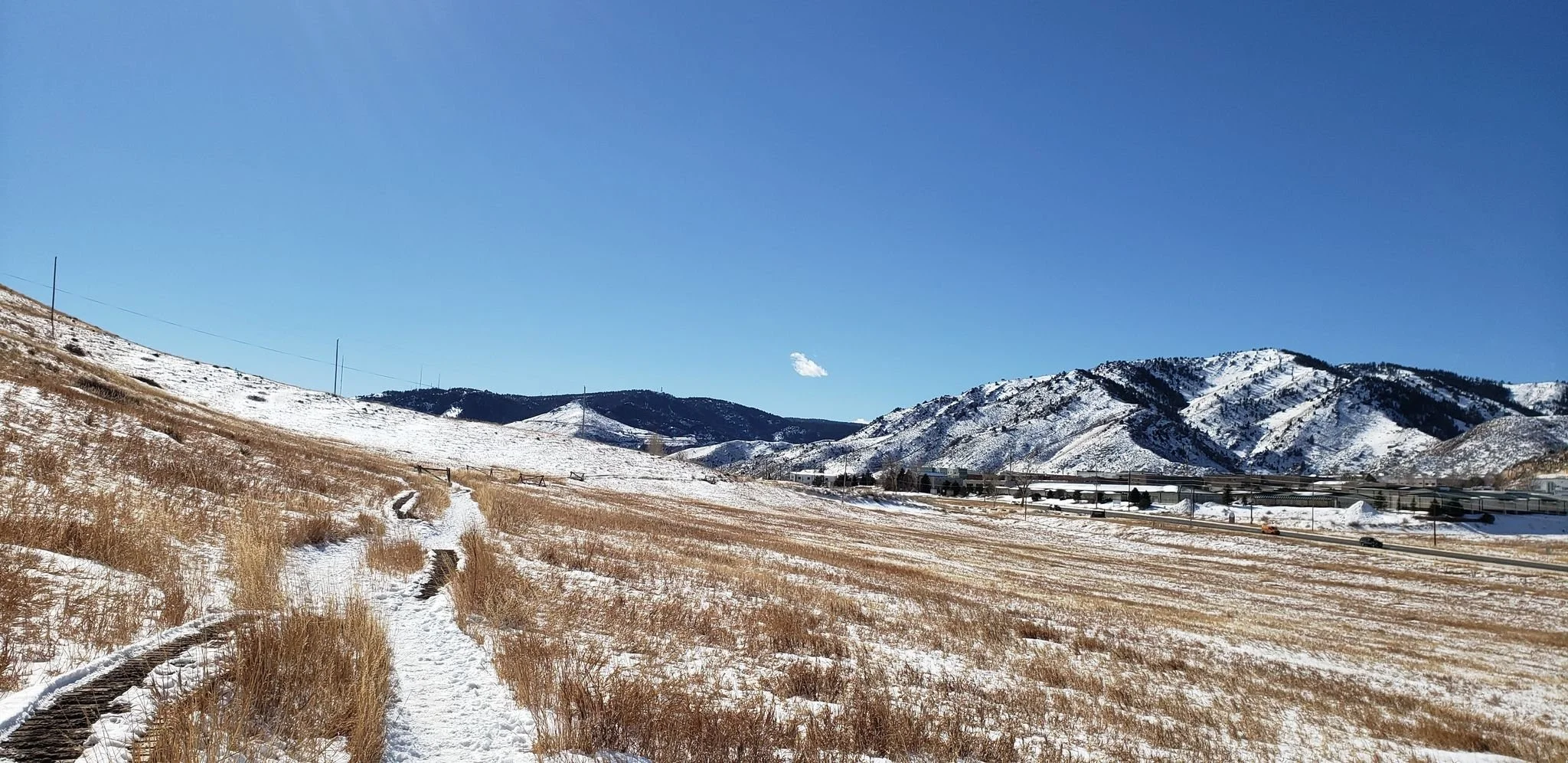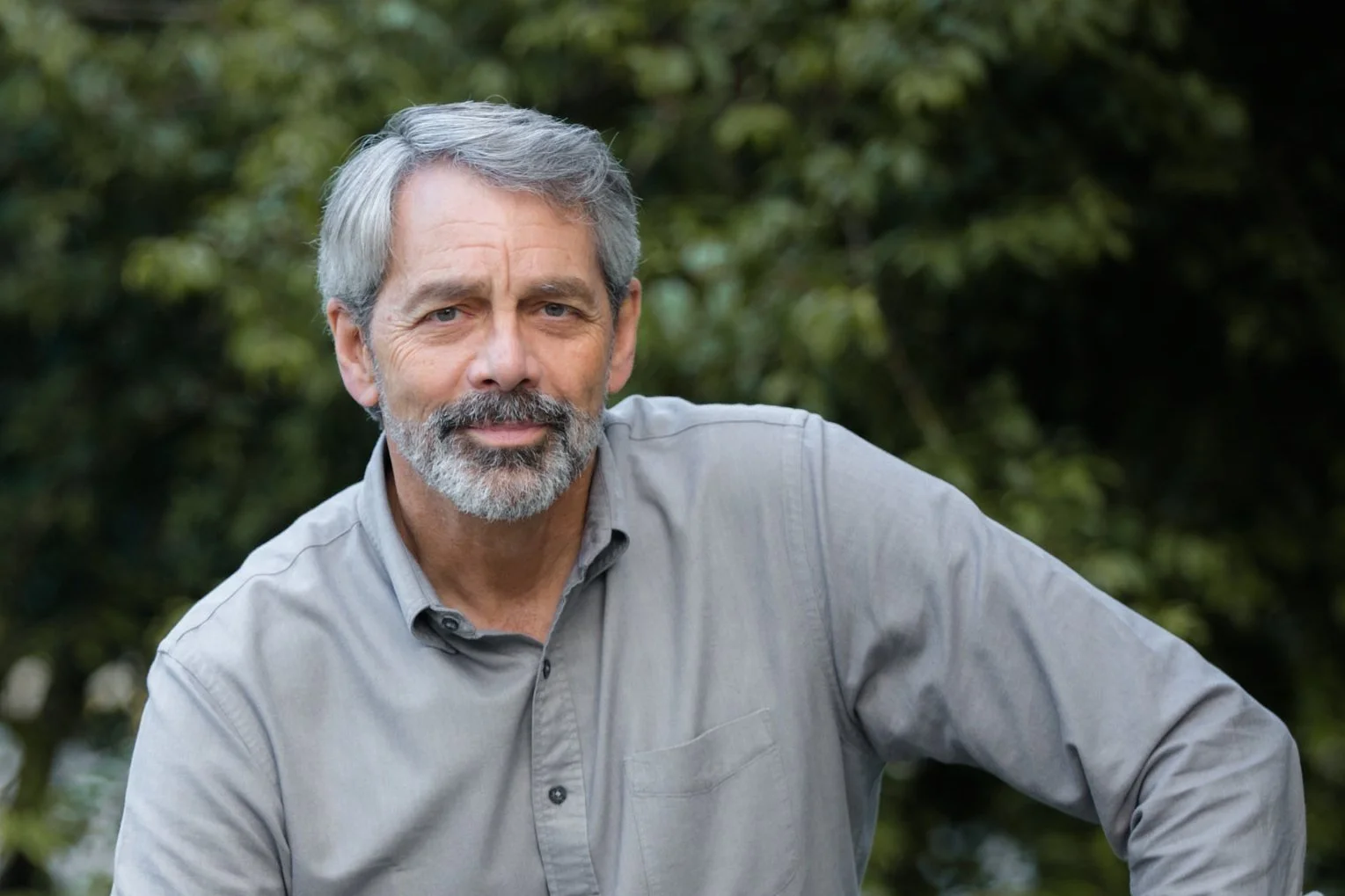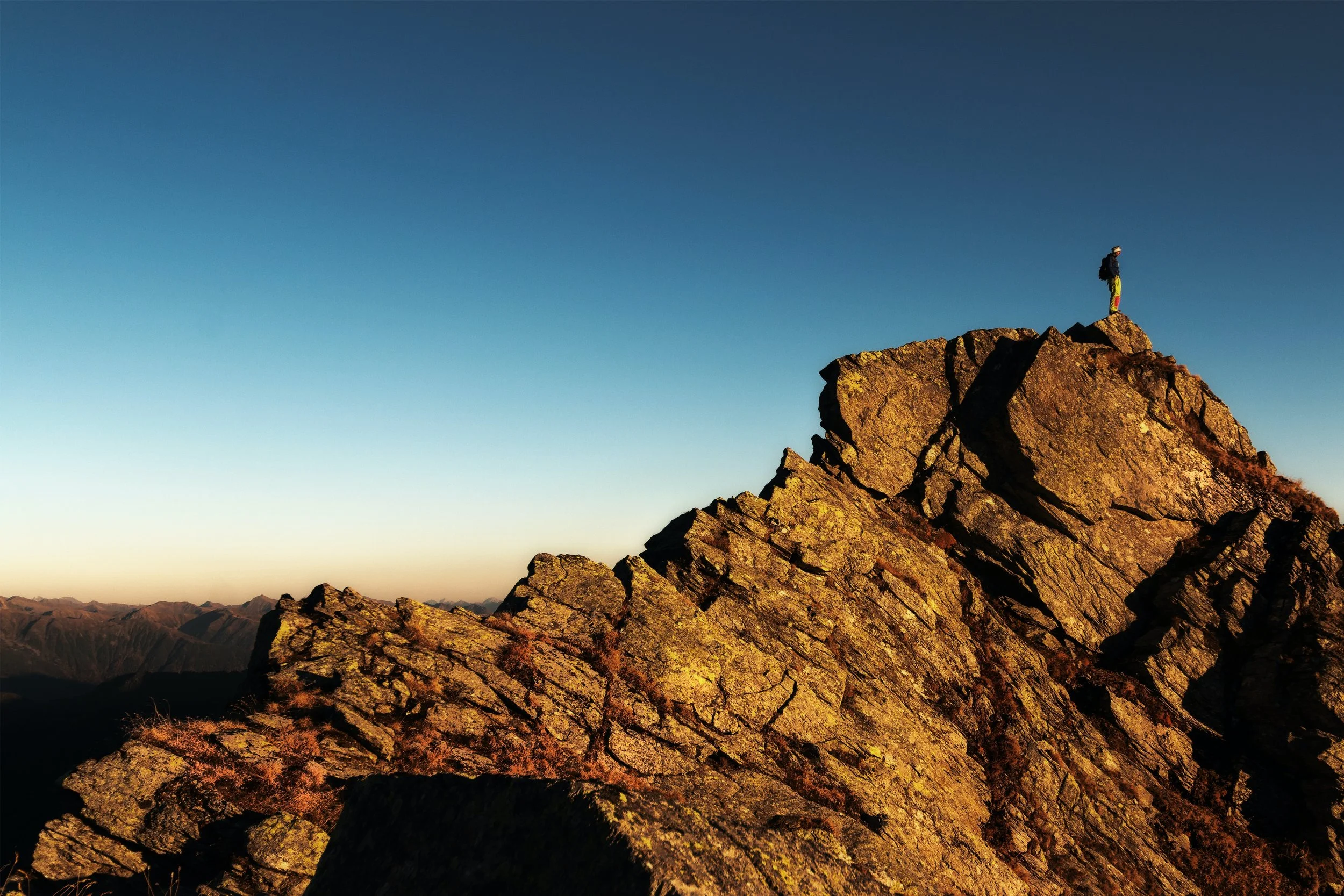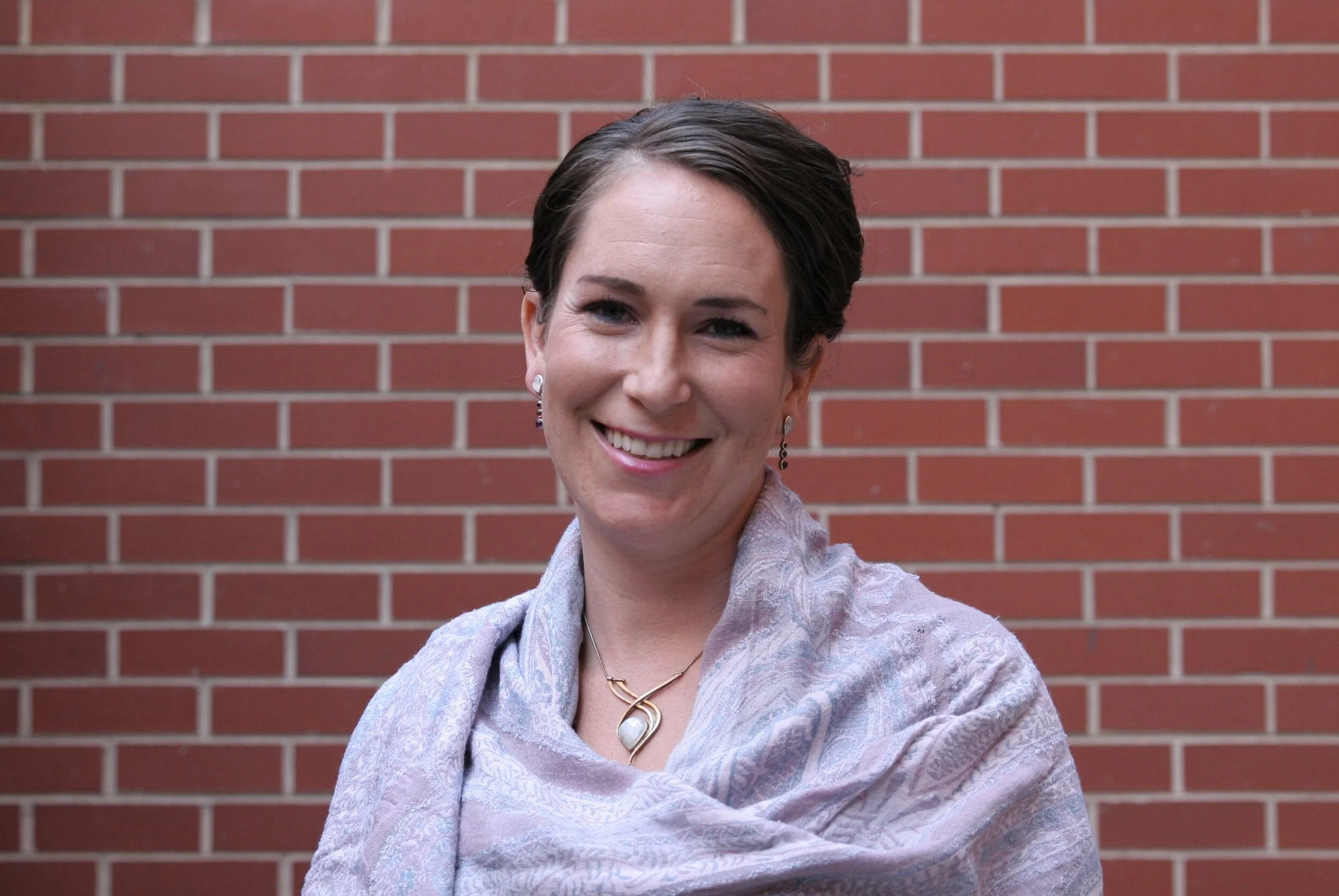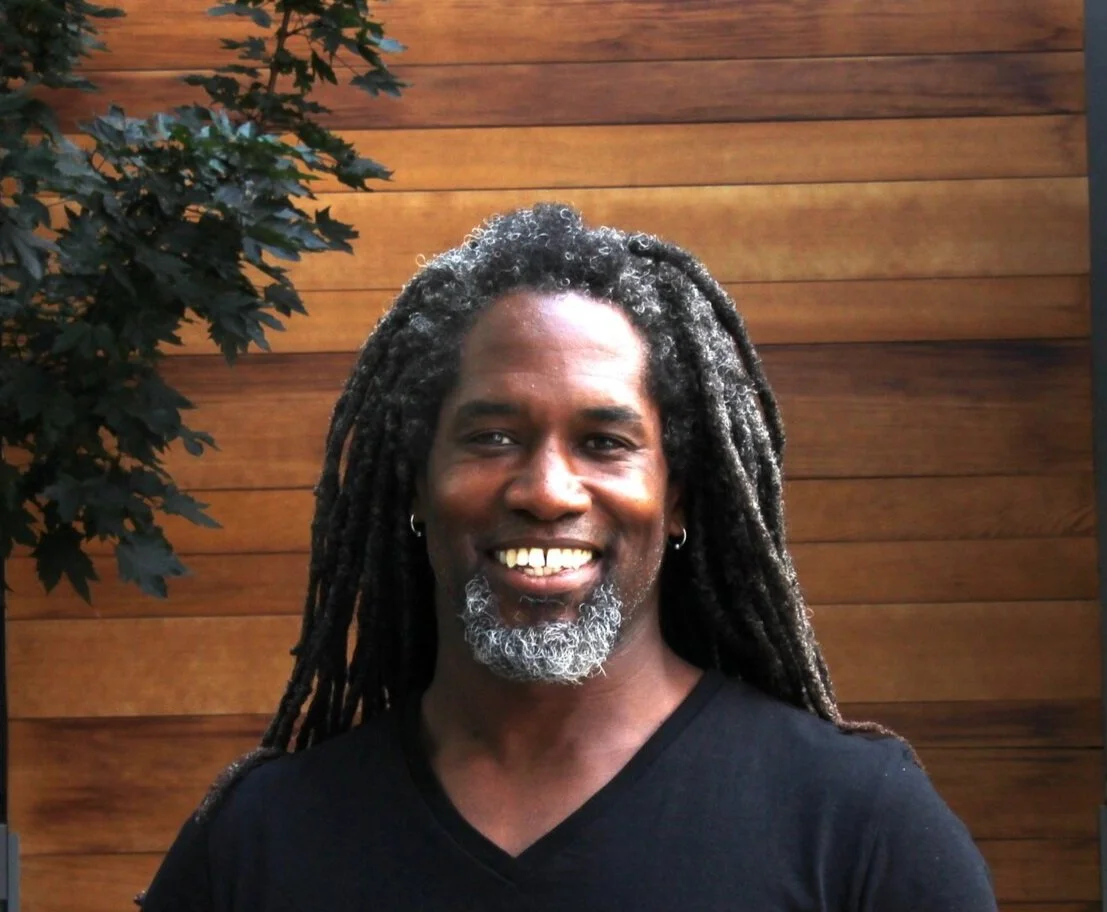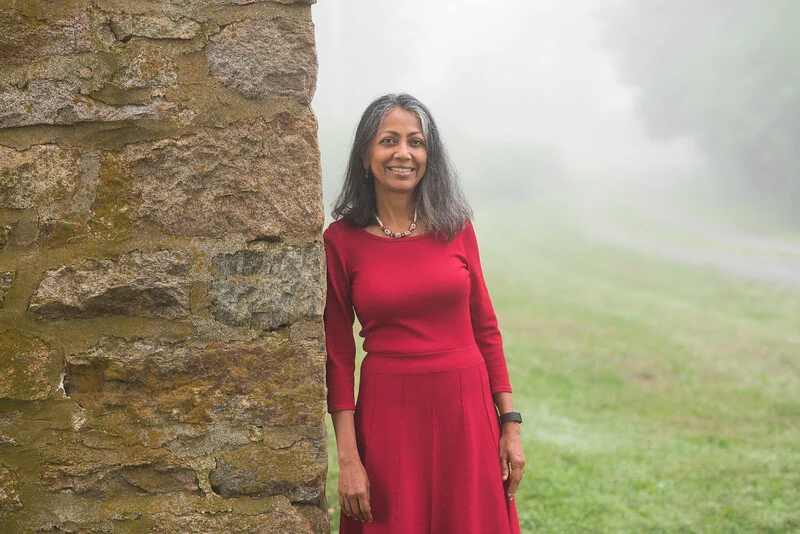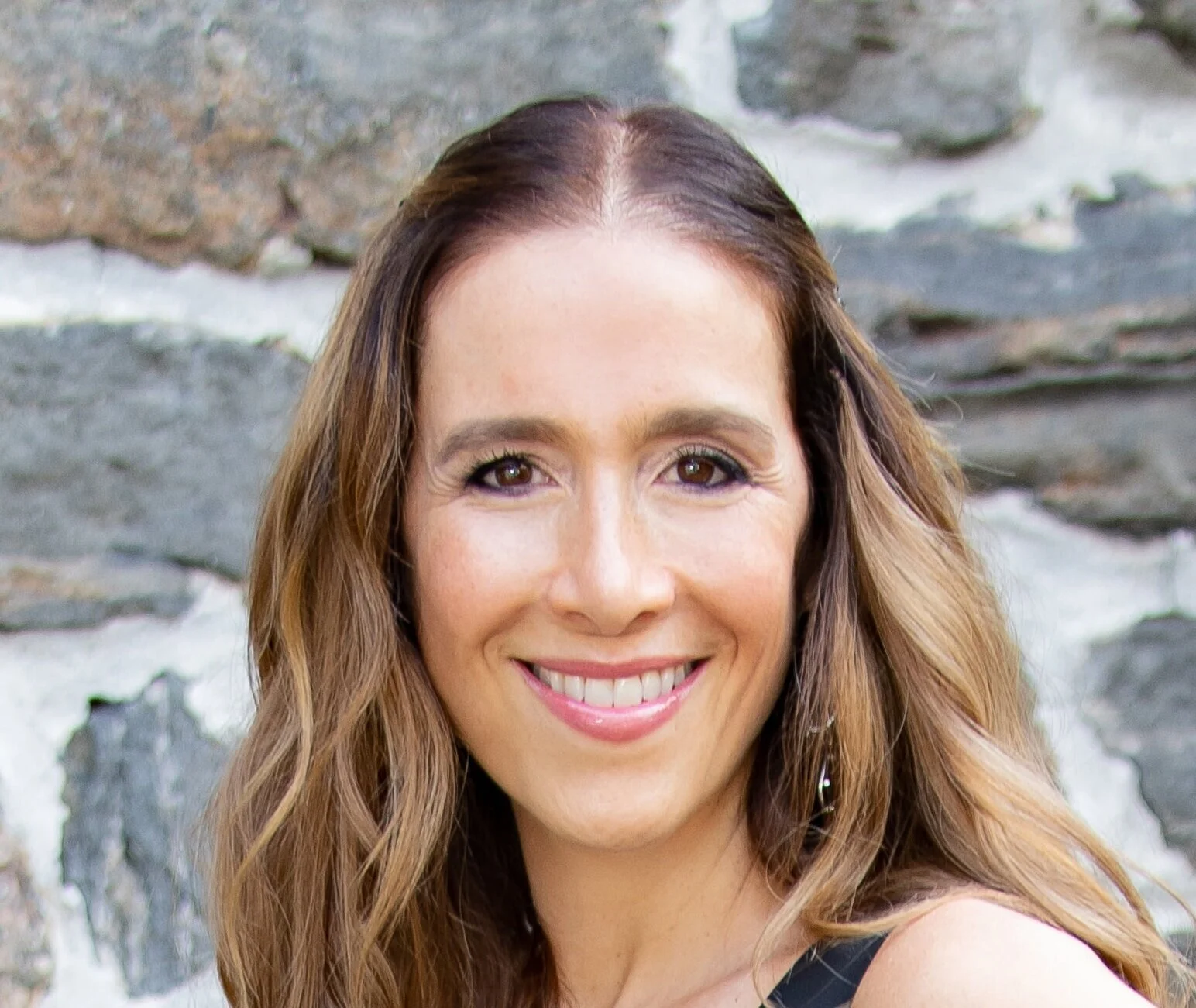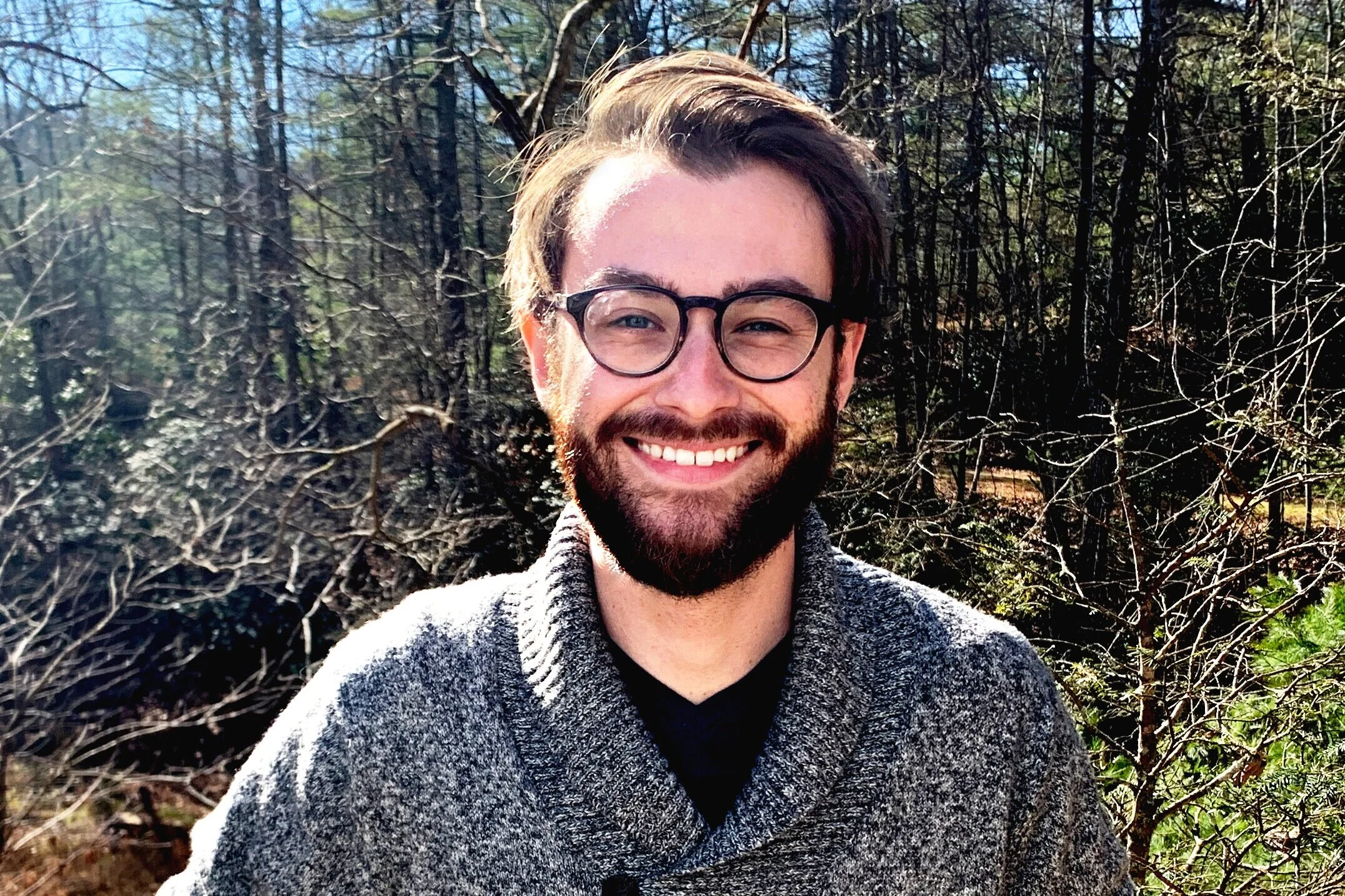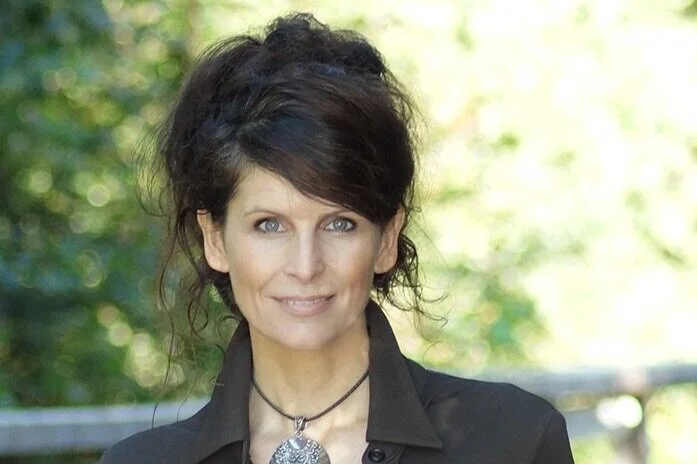#19 - DISCUSSING THE DRAWDOWN FRAMEWORK FOR CLIMATE SOLUTIONS WITH CRYSTAL CHISSELL
Welcome to “The Elements of Being” podcast, where I dissect and explore the minds and habits of psychologists, filmmakers, writers, and industry icons. Essentially, we learn what makes them flip the switch to achieve great feats, goals, and milestones…and a chance to geek out over the psychology behind human behavior.
Specifically, I examine the mental and emotional narratives and processes that have steered intriguing professionals and people from all walks of life. Each episode is also a glimpse into the trends and patterns of human behavior and the underlying influences that navigate us into different directions. Whether we primarily focus on the environment or the unconscious, guests share insights, thought-provoking lessons, the nuances of creativity, and the elements of being….us (and the very factors that who we are).
Today’s focus is global warming and the consequences on our health and communities. I interview the Vice President of Operations & Engagement at Project Drawdown, Crystal Chissell. She draws on her deep experience and interdisciplinary background in local and state government, law, business, and social equity to build effective systems and operating infrastructure. Crystal also leads the cultivation of strategic partnerships and networks the foster public engagement to move the world toward climate solutions. She speaks publicly about climate solutions and serves as an expert resource for news media, interest groups, and advocacy organizations.
Prior to Project Drawdown, Crystal was a practicing attorney, advising the City of Baltimore and the Maryland Environmental Service.
She served as Mayor of the Town of Highland Beach, Maryland. Crystal holds a J.D. from the University of Maryland School of Law, an M.S. in Environmental Science from Johns Hopkins University, an M.B.A. from the University of San Francisco, and a B.A. in Journalism from Howard University.
Here’s what we discussed:
-The initiatives of Project Drawdown.
-How Project Drawdown fairly evaluates scientific research to determine whether or not findings are significant signals.
-The relationship between global warming and climate change.
-The contributing factors to the rise in greenhouse gases and global warming.
-How local, state, and federal governments can have a sustainable environmental impact.
-The long-term effects of global warming and the short-term costs of aggressive environmental initiatives.
-How the standard American diet contributes to global warming.
-How communities can collaborate to steer a refreshed social and cultural ecological consciousness.
To learn more about Crystal Chissell, visit https://drawdown.org/ or their Facebook, Twitter, and Instagram pages. To find climate solution resources, also visit https://drawdown.org/drawdown-review.
The Challenge
To understand and advance climate solutions, it’s important to understand the sources of emissions and nature’s means of rebalancing the climate system.
Burning fossil fuels for electricity, mobility, and heat. Manufacturing cement and steel. Plowing soils. Clearing forests and degrading other ecosystems. All these activities emit heat-trapping carbon dioxide into the air. Cattle, rice fields, landfills, and fossil fuel operations release methane—a gas that warms the planet even more. Nitrous oxide and fluorinated gases seep out of agricultural lands, industrial sites, refrigeration systems, and urban areas, adding still more heat-trapping pollutants to Earth’s atmosphere.
Most of these greenhouse gases stay airborne, but not all. Natural biological and chemical processes—especially photosynthesis—bring some of that excess back to plants, soil, or sea. These “sinks” are nature’s reservoirs for absorbing and storing carbon. While most heat-trapping emissions stay in the atmosphere, significant portions are quickly removed by plants on land or taken up by oceans.
Courtesy of www.projectdrawdown.com
